From aesthetic risks to outright structural hazards, some renovation trends look good on social media—but could spell disaster in the real world. As homeowners get bolder with DIY projects and design risks, experts warn that several of 2025’s most popular upgrades come with serious safety concerns. Whether it’s skipping permits, choosing trendy but flammable materials, or cutting corners on ventilation, these choices can cost you big in the long run—both financially and physically. If you’re planning updates next year, make sure you know which trends to skip or approach with caution.
1. DIY Electrical Work
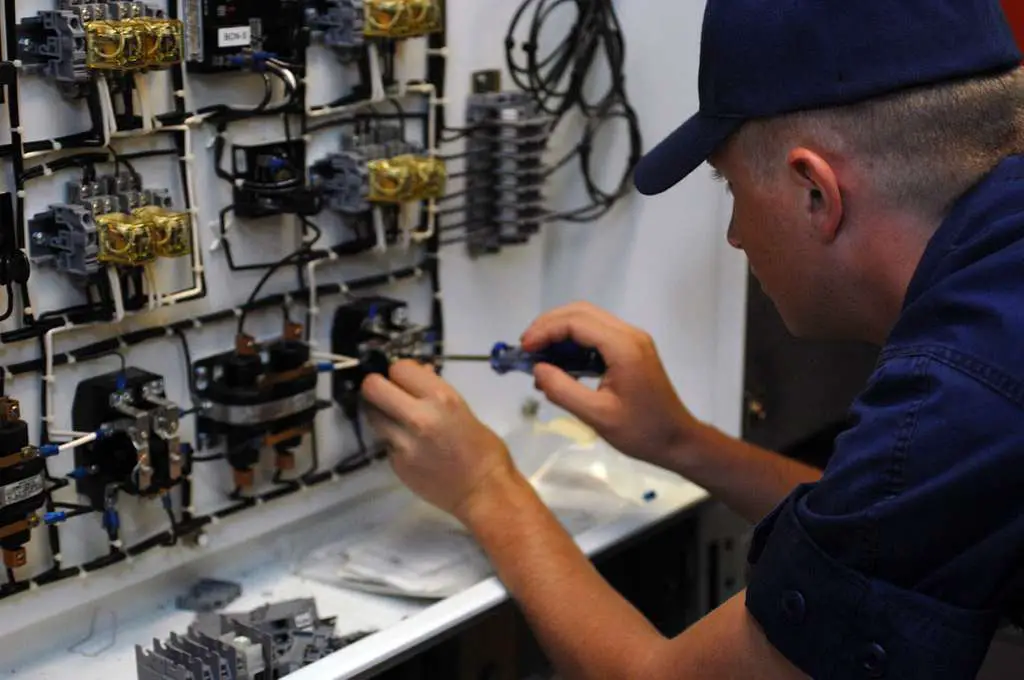
Many homeowners try to save on labor costs by doing electrical work themselves, but improper wiring is no small mistake. According to the National Fire Protection Association, electrical failures or malfunctions are a leading cause of house fires. Electrocution, circuit overloads, and long-term damage to appliances are also common risks of amateur jobs.
This trend is expected to rise in 2025 as tutorials and influencer content make electrical fixes look deceptively easy. But unless you’re a licensed electrician, even something as simple as swapping an outlet could end badly. Experts recommend hiring professionals for all but the most basic tasks to keep your home and family safe.
2. Removing Structural Walls
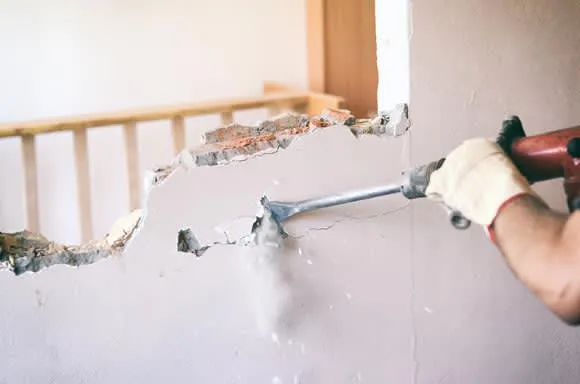
Open-concept spaces continue to dominate design trends, and that often leads homeowners to knock down walls. But removing a structural wall without consulting a licensed engineer can lead to ceiling sag, cracks in the foundation, or even full collapse. The National Association of Realtors warns that open layouts must be executed properly to avoid serious structural issues.
In 2025, expect more DIYers to take sledgehammers to their layouts without proper oversight. It’s not just about looks—your walls play a vital role in supporting the weight of your home. Always get a structural assessment before taking one down.
3. Overuse of Flammable Materials

Designers love natural textures, and materials like rattan, reclaimed wood, and straw-based finishes are popping up everywhere. But as noted by the National Institute of Environmental Health Sciences, these are often highly flammable, especially when not treated with fire-retardant chemicals. Overusing them, particularly near heat sources, increases fire risk significantly.
This trend may continue in 2025 due to the popularity of biophilic and rustic designs. Experts advise limiting these materials to decorative accents and making sure they’re installed far from kitchens or fireplaces. Better yet, opt for fire-treated alternatives if you love the look but not the danger.
4. Improper Ventilation in Bathrooms

Bathroom renovations are leaning sleek—hidden fans, minimal vents, and more enclosed showers. But Forbes reports that poor ventilation is a growing issue, especially in newer builds where aesthetics sometimes win over function. Without enough airflow, moisture builds up, which can lead to mold, mildew, and even long-term rot.
Homeowners in 2025 may prioritize form over function here, but that’s a risky trade-off. Even an invisible fan needs to meet ventilation standards and be powerful enough for the room’s size. Experts suggest prioritizing quiet but efficient systems rather than skipping them altogether.
5. Installing Cheap Solar Panels
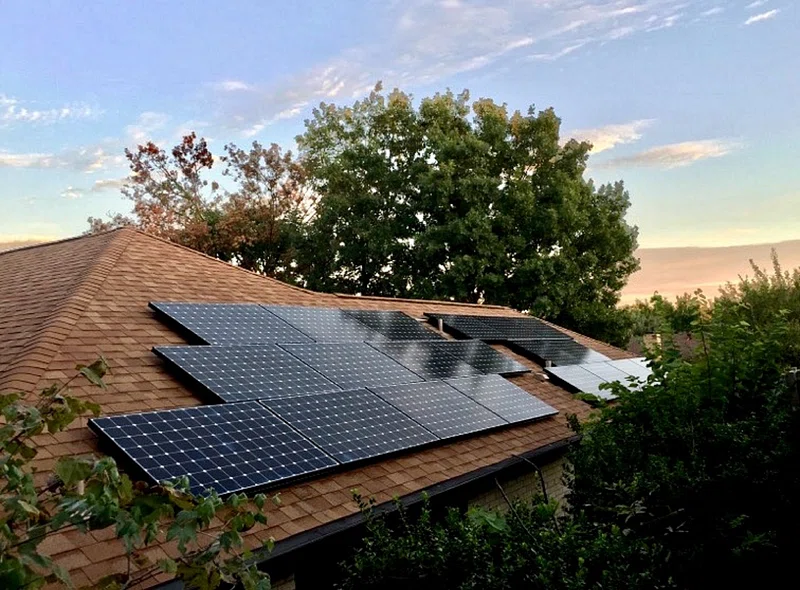
Solar power is becoming more affordable, and that’s generally a good thing—but not if it means cutting corners. Some homeowners are opting for budget panels and uncertified installers, hoping to score tax credits without the full investment. These lower-quality systems can overheat, fail early, or even cause electrical fires.
As solar incentives increase in 2025, the temptation to go cheap will too. The best approach is to research trusted brands, check installer certifications, and verify warranty terms. A good solar setup can save money long-term—but a bad one could cost you your roof.
6. Oversized Windows Without Reinforcements
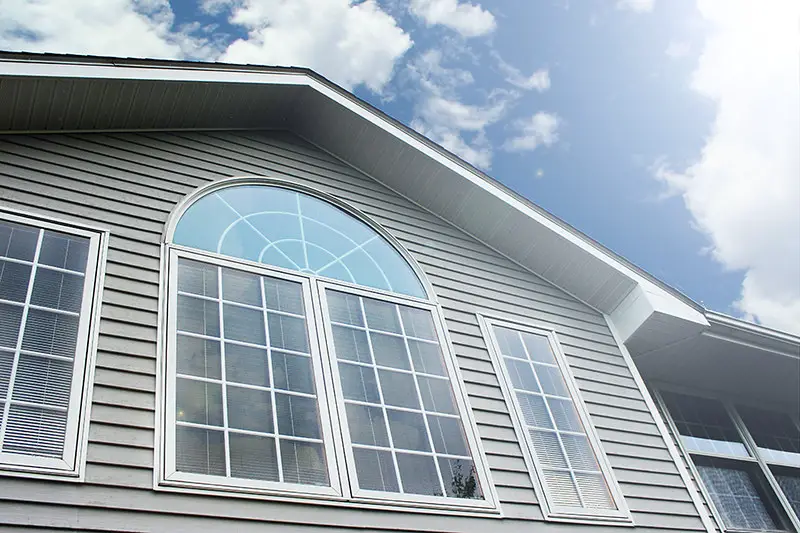
Large-pane windows are having a moment, especially in minimalist and modern designs. But when these windows aren’t installed with reinforced frames or safety glass, they become liabilities in hurricanes, earthquakes, or even just heavy storms. Without proper support, they can shatter under pressure, injuring anyone nearby.
In 2025, many homeowners may install these windows without fully understanding the local code requirements. Especially in high-risk zones, you’ll want to invest in tempered or laminated glass. Reinforcements aren’t optional—they’re essential for safety.
7. DIY Asbestos Removal
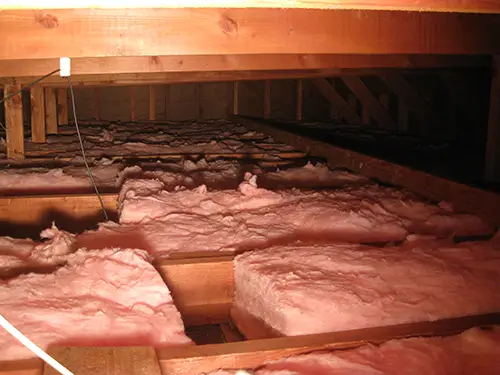
If your house was built before the 1980s, there’s a real chance it contains asbestos in insulation, flooring, or ceiling tiles. During renovations, some homeowners try to handle it themselves, not realizing how dangerous even a few fibers can be. Inhaling asbestos can cause long-term respiratory illnesses, including mesothelioma.
Professionals use hazmat suits and airtight disposal methods for a reason—this is not a casual clean-up task. In 2025, as DIY renos rise, more people may unknowingly expose themselves to asbestos. The safest move is always to call in a certified remediation crew.
8. Exposed Concrete Floors
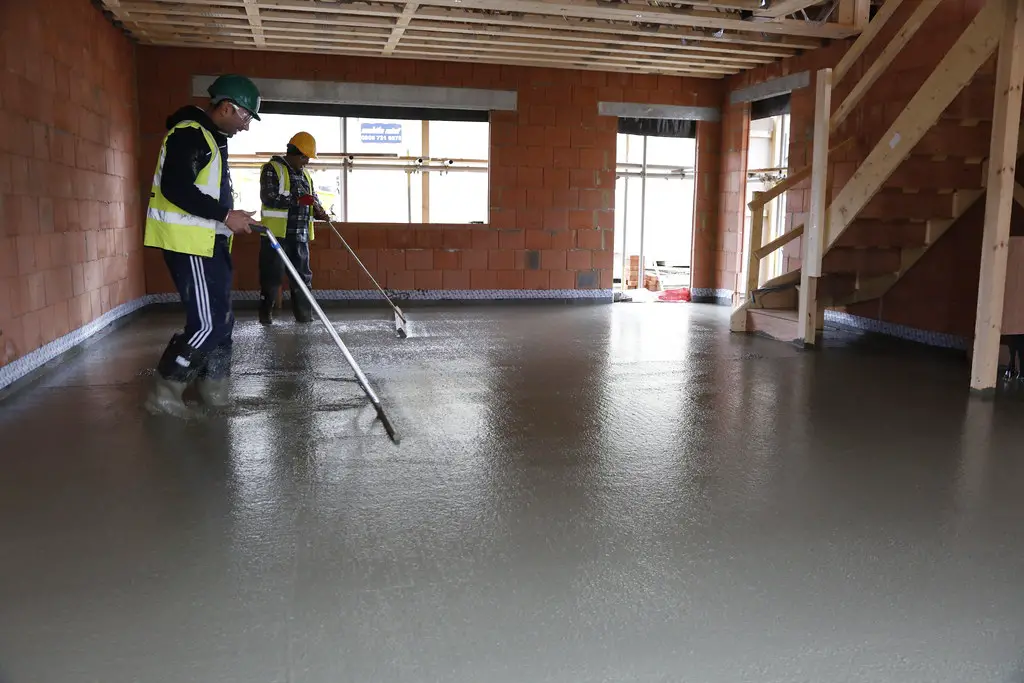
Polished concrete is beloved for its modern, industrial look, but its downsides are often ignored. These floors are hard, slippery, and unforgiving when wet, which makes them a fall risk—especially for kids, pets, and older adults. If not sealed properly, they can also crack or stain easily.
Experts recommend using non-slip sealants or rugs in high-traffic areas. While concrete looks clean and sleek, it’s not always practical for everyday life. Expect this trend to remain popular in 2025—but make sure you mitigate its risks if you follow it.
9. Unregulated Smart Home Add-Ons

The smart home boom has brought endless new gadgets—but not all of them are up to code. Devices with poor cybersecurity can serve as digital backdoors for hackers, while others can cause electrical issues if they overload circuits or aren’t wired correctly. Cheap, unregulated devices are especially dangerous when paired with DIY installation.
As more people adopt automation in 2025, expect an increase in “smart” risks. Always look for UL-certified products and work with professionals to ensure compatibility. Your home tech should make life easier—not riskier.
10. Painting Over Hazardous Materials
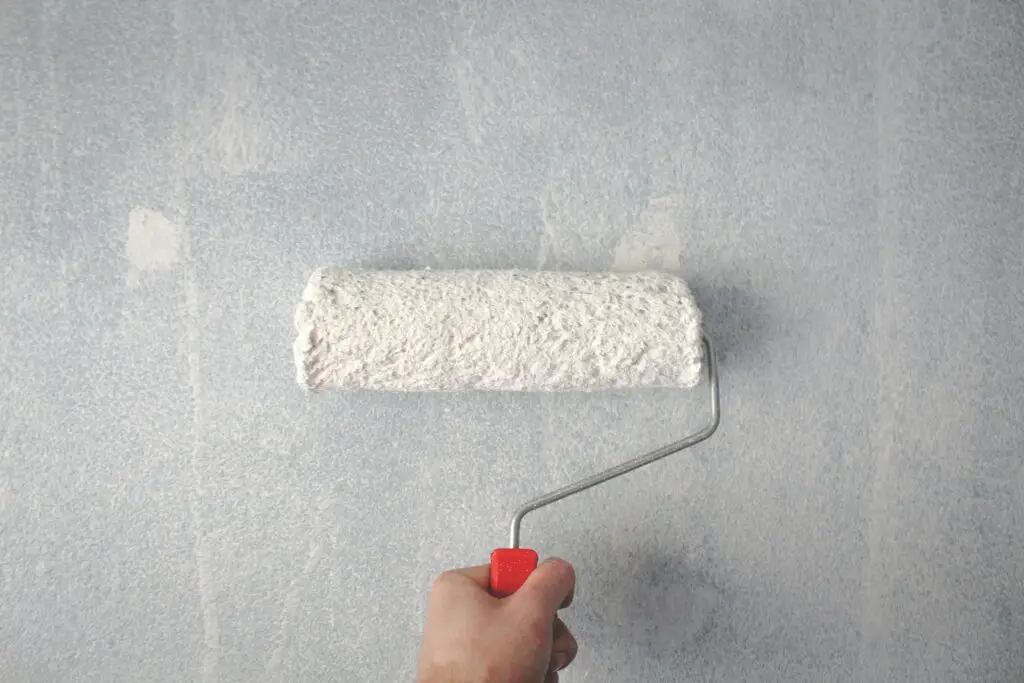
It’s tempting to slap a fresh coat of paint over mold, water damage, or lead-based paint. But this only hides the problem instead of solving it. Over time, mold can resurface and spread, while lead paint can flake off and become airborne—posing major health risks.
This shortcut may become more common with fast-paced flips and amateur renos. If you suspect mold or lead, don’t try to cover it up—address it properly with certified remediation. Skipping this step can come back to haunt you during a home sale or inspection.
11. Trend-Driven Minimal Lighting
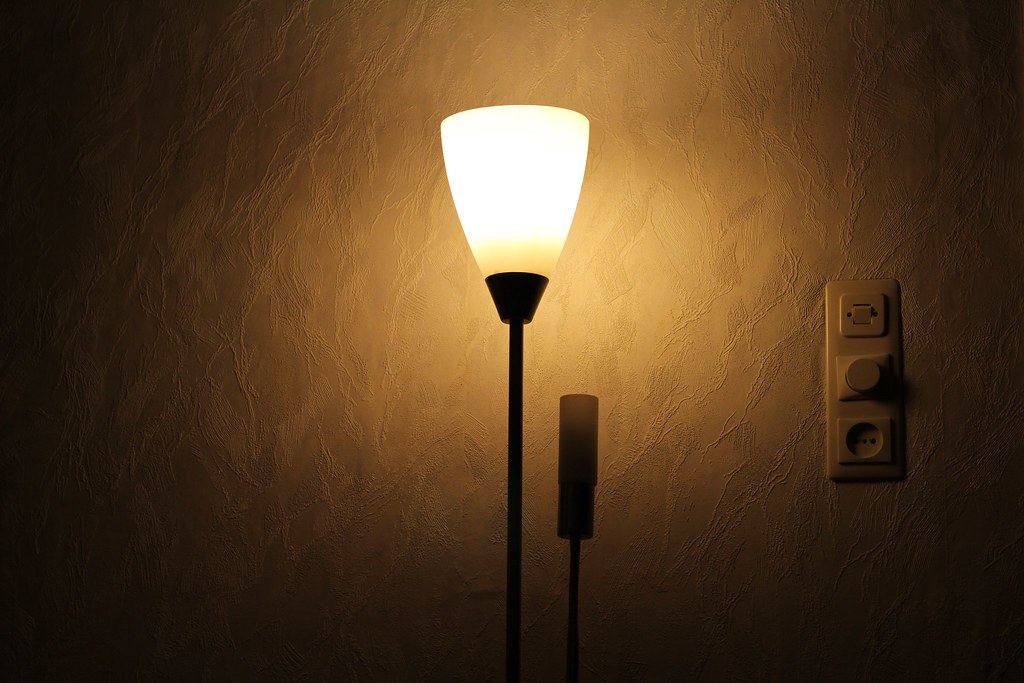
Moody, minimalist lighting looks great in photos but can be a real problem in practice. Areas like stairwells, hallways, and kitchens need ample lighting for safety reasons. Poor visibility increases the likelihood of accidents and eye strain.
In 2025, expect more homes to favor style over brightness—but don’t follow suit blindly. Layered lighting, including task and ambient sources, ensures both form and function. Your toes—and your visitors—will thank you.
12. Poorly Installed DIY Decks
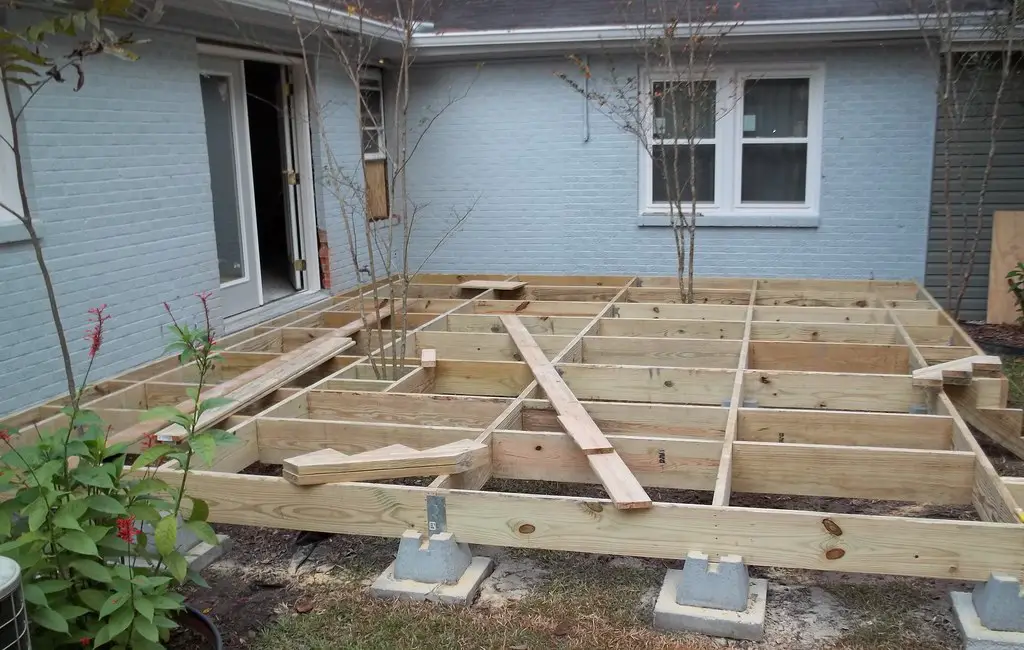
Outdoor living has never been trendier, and that means lots of new decks, pergolas, and patios. Unfortunately, many are being built without permits or safety inspections, leading to serious hazards. A poorly constructed deck can collapse under too much weight or during a storm.
This issue will likely increase in 2025 as more homeowners go the DIY route. To stay safe, always check local building codes, use pressure-treated lumber, and anchor structures properly. A sturdy, well-built deck is worth the upfront investment.
13. Removing Fireplaces Without Sealing Chimneys
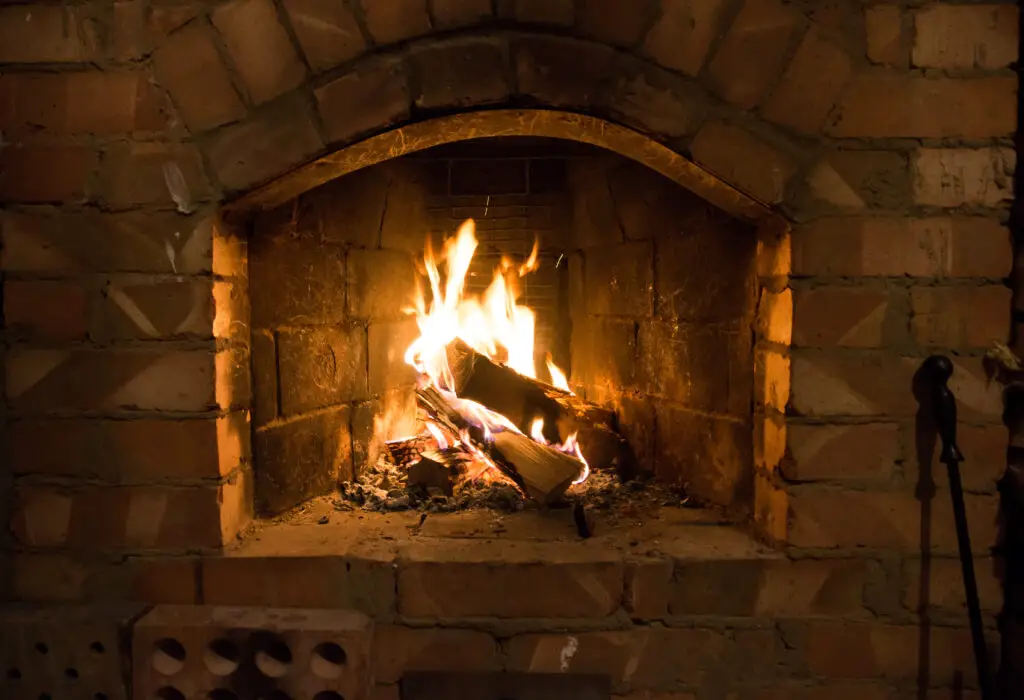
Some homeowners are opting to remove fireplaces altogether in favor of modern heating systems or clean aesthetics. But when the chimney is left open or improperly sealed, it invites drafts, moisture, and even pests into the home. This can cause damage over time and impact energy efficiency.
If you’re removing a fireplace in 2025, make sure the process is done correctly. A professional can cap and seal the chimney to prevent future issues. It’s not just about what you take out—it’s how you leave it behind.
